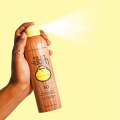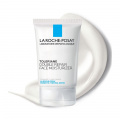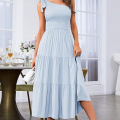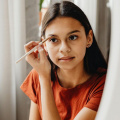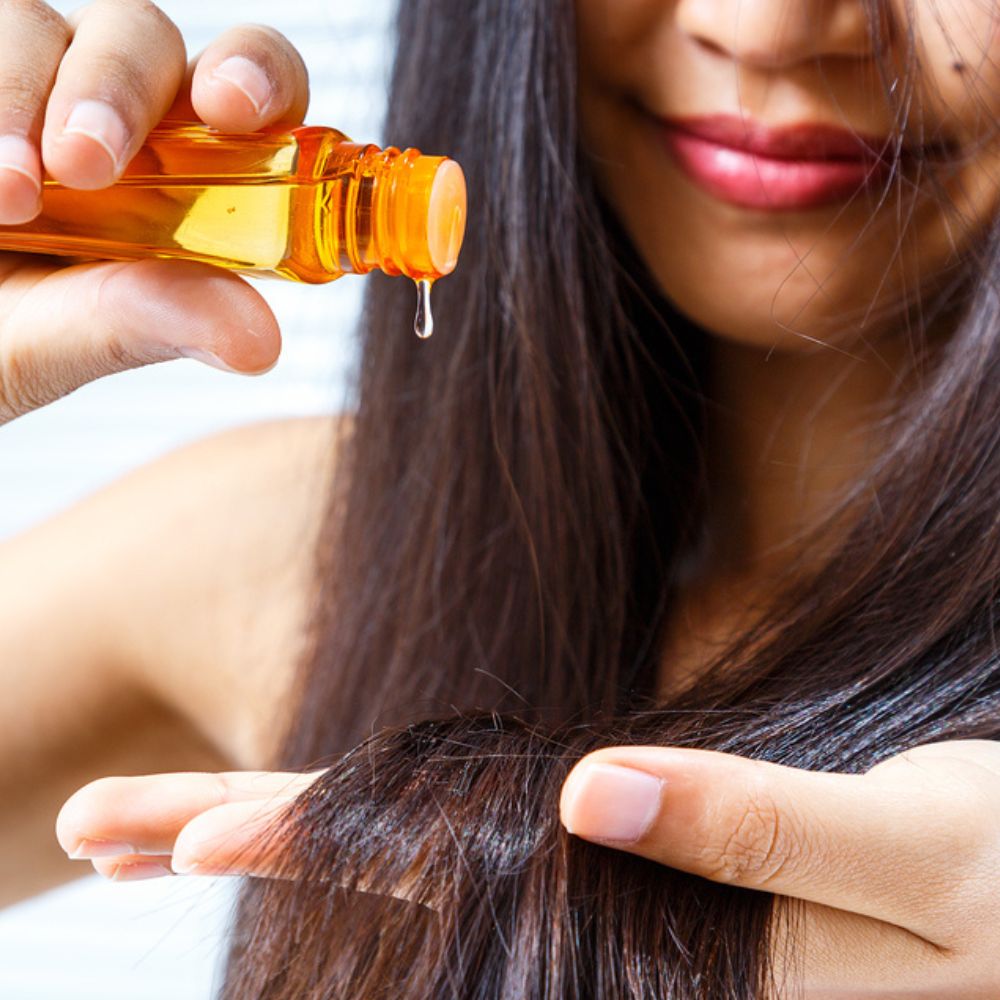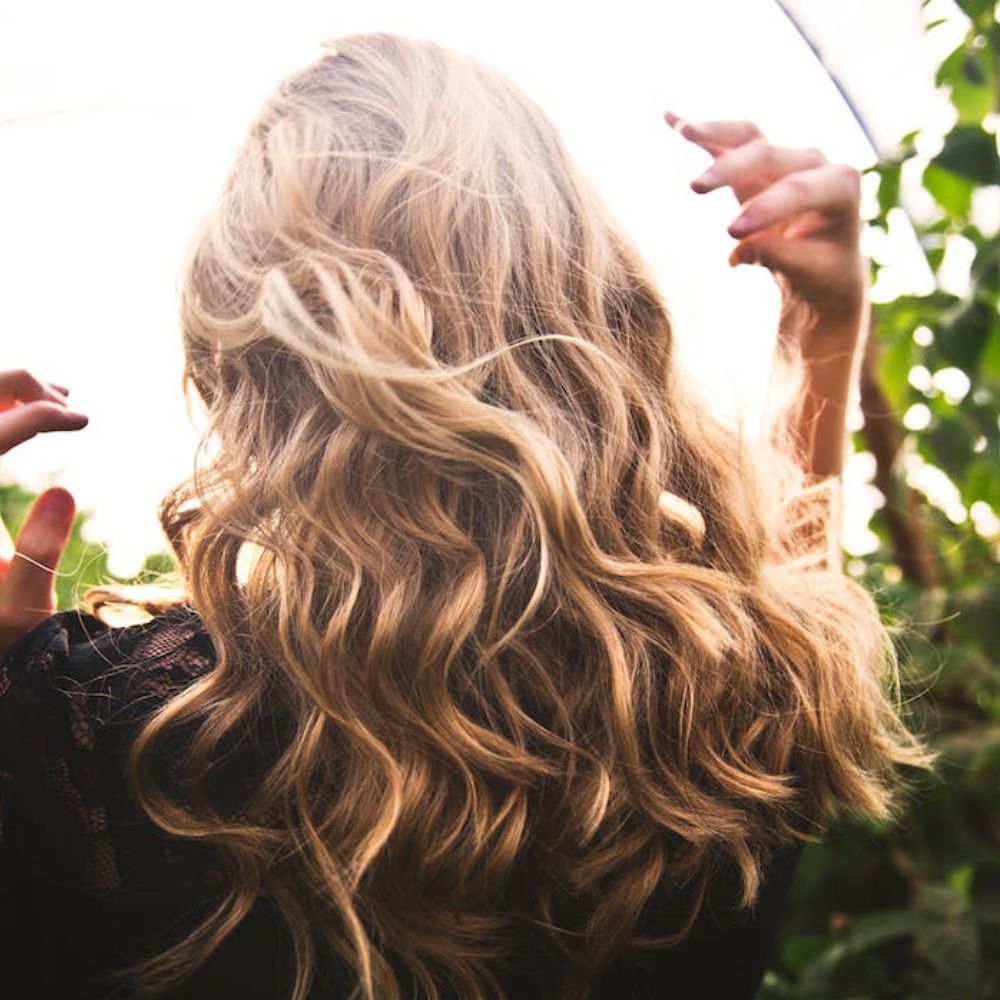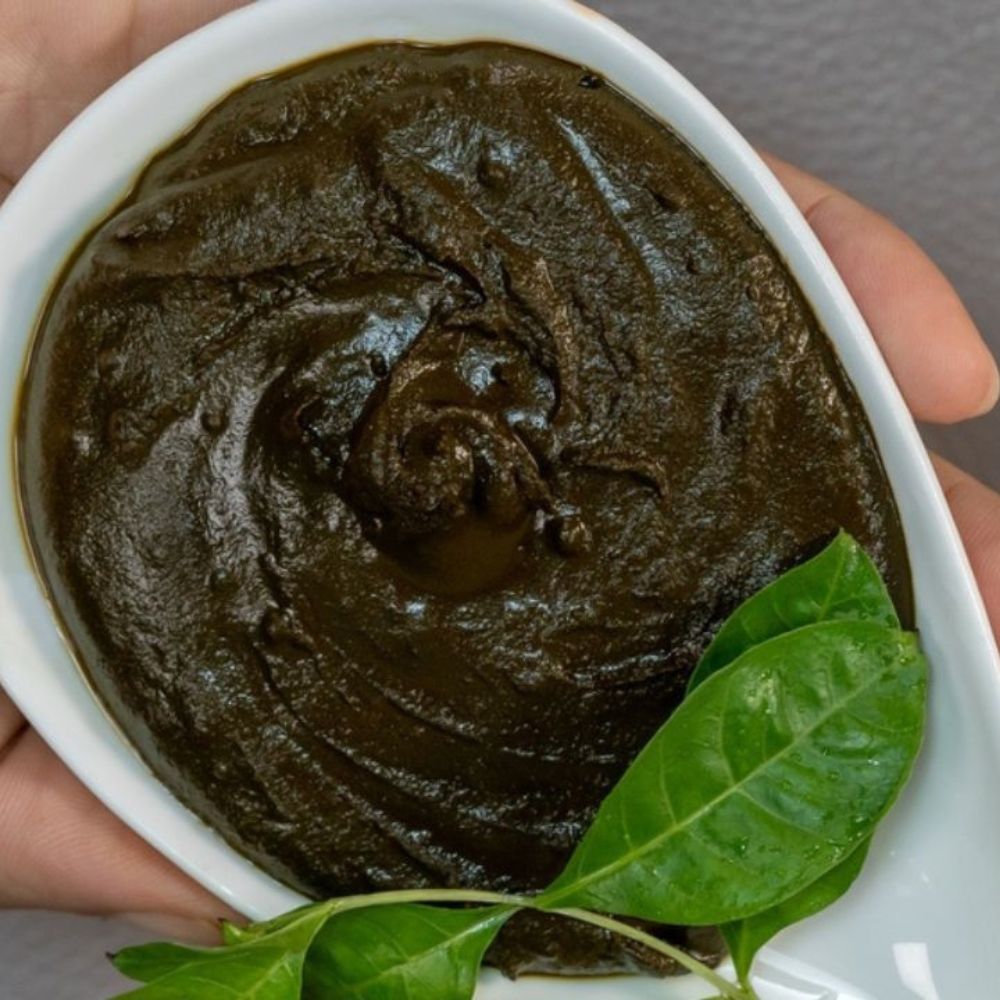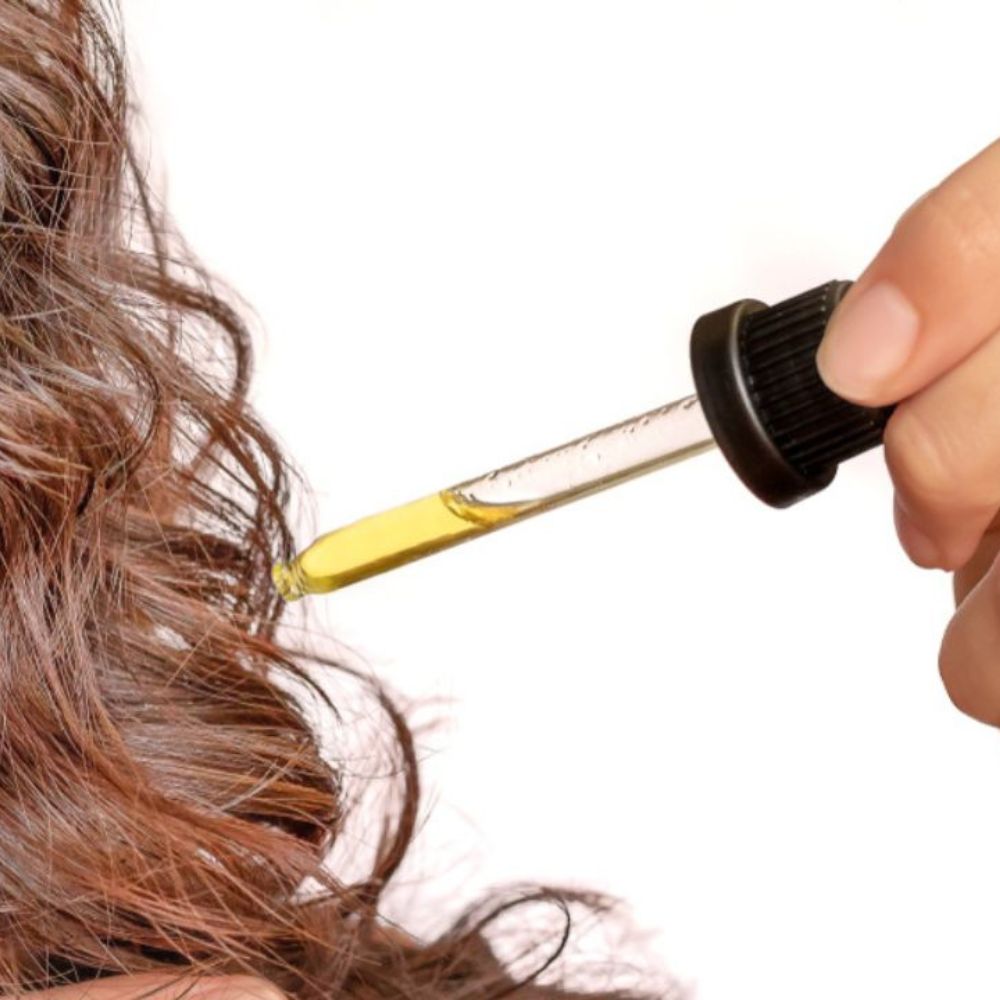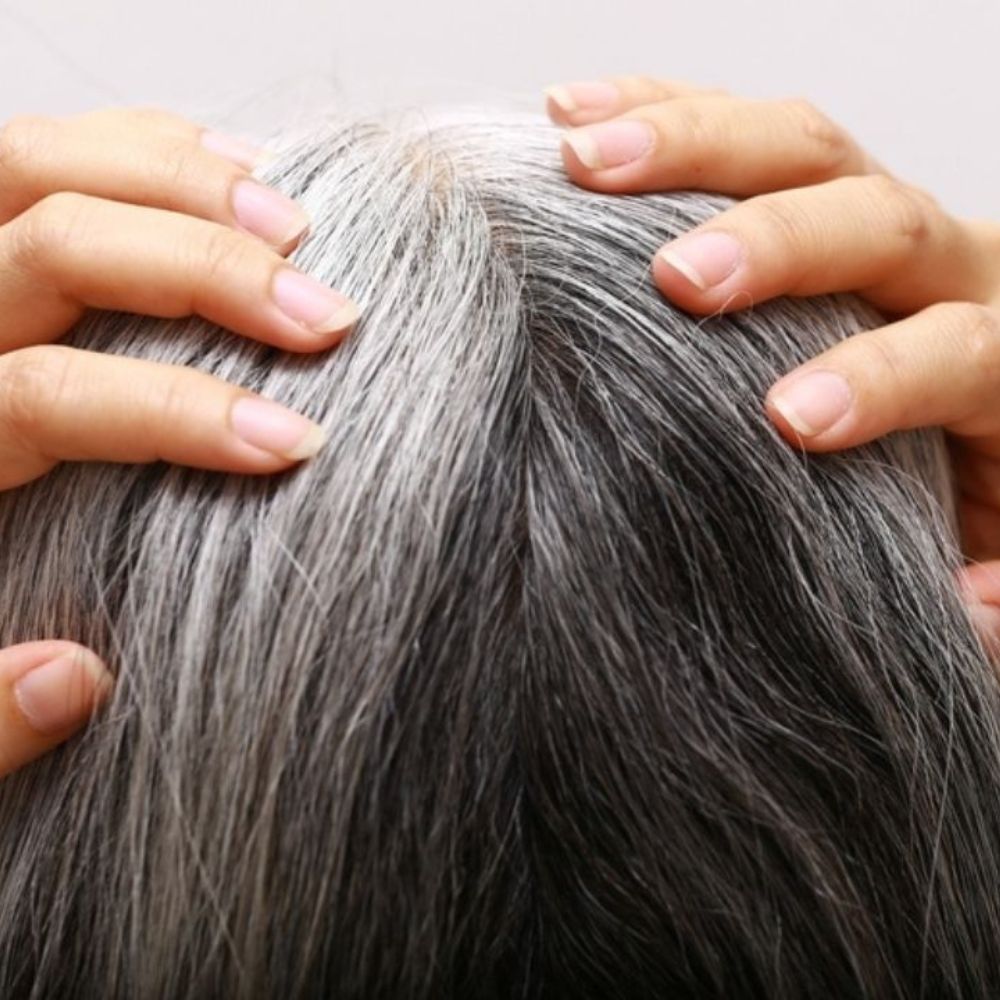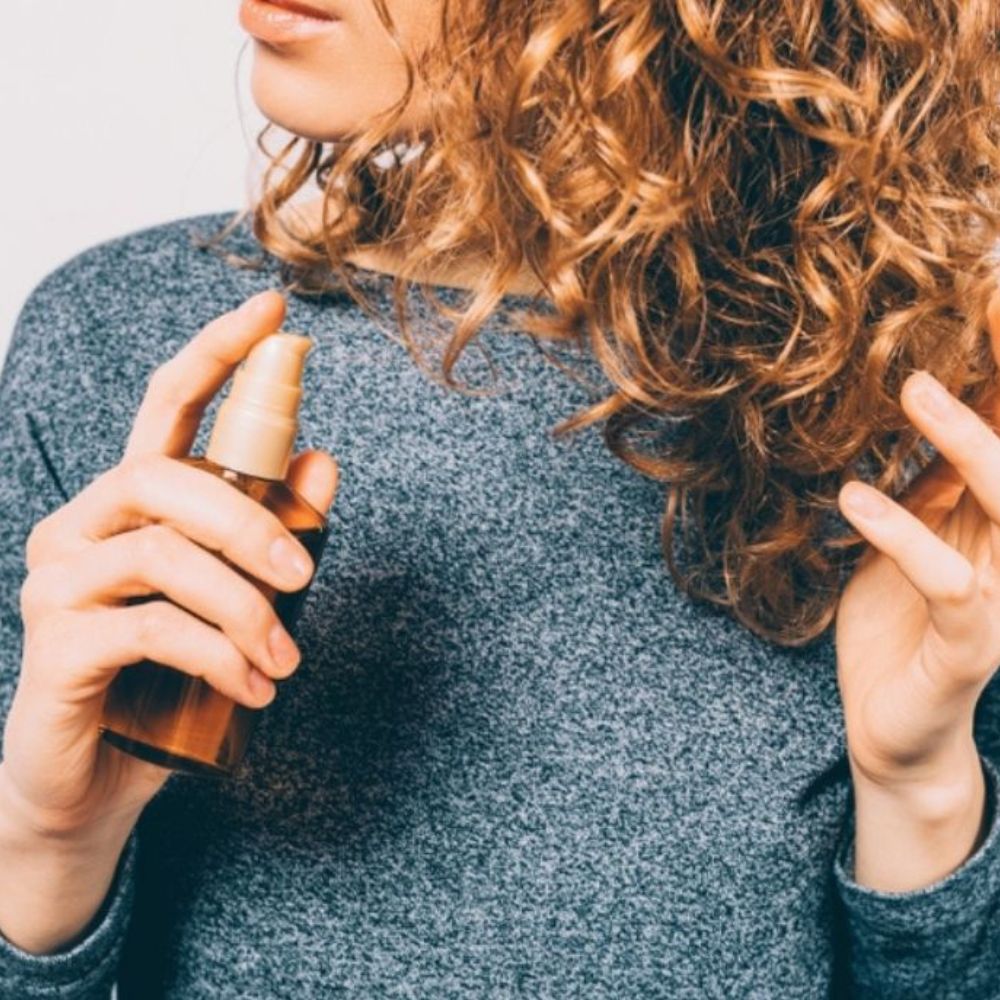Eyelash Dandruff: Causes, Symptoms, And Treatment
Uncover the real causes of eyelash dandruff and learn how to treat them using natural remedies and gentle care routines to keep your lashes free from redness and irritation.
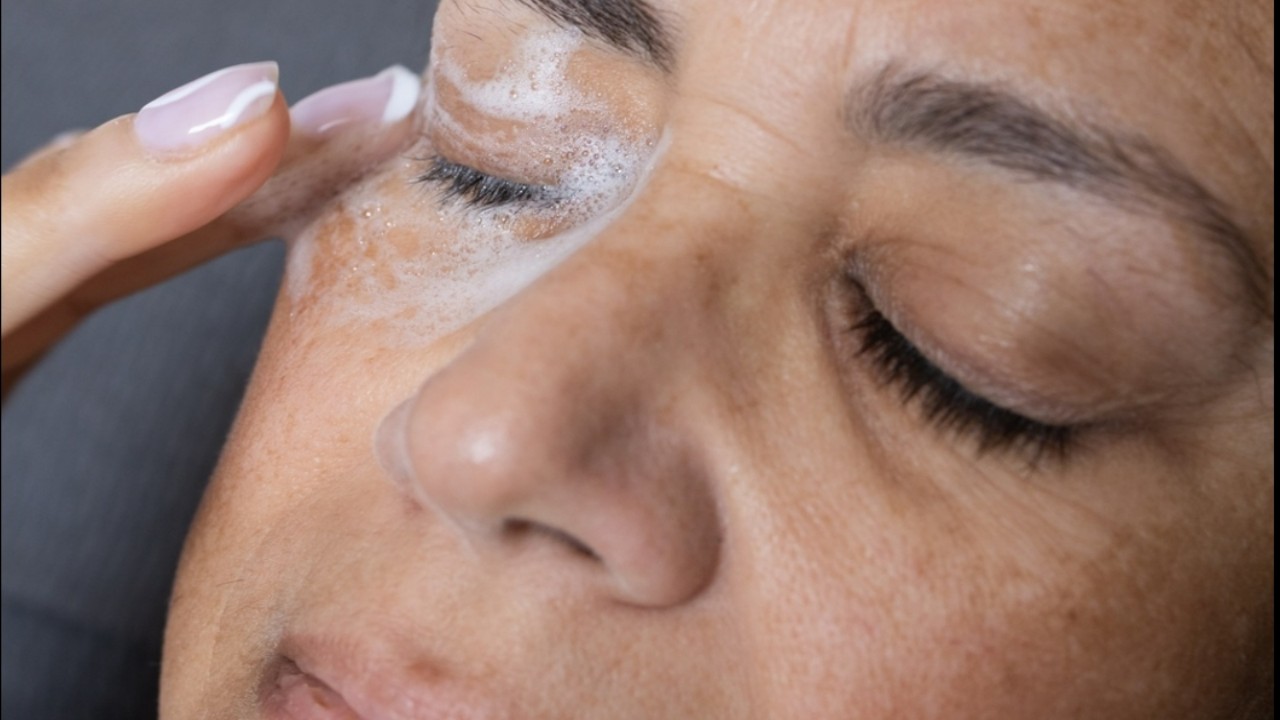
Eyelash dandruff, though less commonly discussed than its scalp counterpart, can be a source of extreme discomfort. Several factors may lead to conditions like eyelid inflammation and dry skin which slowly manifests into flaking and thus dandruff. The major causes include infection by a particular fungus, genetic predisposition, hyperactivity of sebum-producing glands, etc. Although it is not a significant health problem, dandruff affecting any area of your face is irritating. You can resort to easy yet effective homemade remedies for treating this condition.
Here, we will first understand the various types and causes of eyelash dandruff which will help you identify your issue better. Secondly, we will also provide an extensive guide of natural remedies to help you limit your issues at your home. However, one must remember in cases of aggravated symptoms or lack of symptom reduction, you should consult a healthcare provider to identify and address your issue. So, let us dive into our article to help you in your journey of managing eyelash dandruff.
What Does Eyelash Dandruff Look Like?
Eyelash dandruff may most commonly appear as small, white to yellowish flakes resembling dandruff. These pesky flakes can accumulate along the base of the eyelashes and on the eyelids. The affected area may appear red and inflamed, especially at the base of the eyelashes which can contribute to discomfort and itching. In more severe cases, crusts or scales may develop, adhering to the base of the eyelashes. These crusts can sometimes cause the eyelashes to stick together.
In terms of symptoms, itchiness is the most common for eyelash dandruff. This may lead to an irresistible urge to rub or scratch the affected area and may worsen the condition. Some individuals may experience a mild burning sensation or discomfort around the eyes, swollen eyelids, and loss of eyelashes along itchy eyelids.
Sharing some important information about eyelash dandruff, our contributor Kristle Jones, a licensed cosmetologist, says, “Blepharitis, also known as eyelash dandruff, seems to be caused by an abnormality in oil production in the glands around the eyelids. Many people wonder if this is a contagious condition. The short answer is, maybe. If the eyelash dandruff is caused by abnormal bacteria in addition to the excess oil production, it could be very contagious. Most importantly, anyone suffering from blepharitis should see their eye care professional.”
How to Treat Eyelash Dandruff?
The treatment of eyelash dandruff involves gentle care and may include various home remedies such as applying tea tree oil, coconut oil, saline water, etc., or over-the-counter and prescription options. It is easily treatable at its initial stages, but since the appearance of eyelash dandruff can vary from person to person, and its presentation may be more noticeable during flare-ups, you must adopt certain precautionary measures. However, if you suspect that you have eyelash dandruff or if you are experiencing persistent symptoms, it is advisable to consult with a healthcare professional or dermatologist for an accurate diagnosis and appropriate treatment.
Causes of Dandruff on Eyelashes And Eyebrows
Dandruff on eyelashes and eyebrows can be broadly categorized into two main types, based on their underlying causes and characteristics:
- Seborrhoeic Dermatitis: This is a common cause of dandruff on the eyebrows and eyelashes. Seborrheic dermatitis is characterized by redness, flaking, and scaly and crusty eyelashes, including the skin around the eyebrows and along the eyelid edges. It is often associated with an overgrowth of yeast (Malassezia) on the skin, causing fungal infection and it tends to worsen in response to factors like stress, hormones, and environmental triggers (1).
- Blepharitis: This refers to inflammation and infection of the eyelid skin and can cause dandruff-like symptoms. Other symptoms of Blepharitis include red and swollen eyelids, light sensitivity, dry eyes, and inflammatory conditions at the base of the eyelashes. There are two main types of blepharitis: anterior and posterior. Anterior blepharitis typically affects the front of the eyelids, near the eyelashes, and is often related to issues with eyelash Demodex mites or bacterial infections. Posterior blepharitis, on the other hand, affects the inner eyelid glands and is commonly associated with problems in the oil-producing meibomian glands (2). A study done to evaluate over 1032 patients for Demodex blepharitis showed that approximately 57.7% of patients had the disease. Additionally, it was found that this prevalence was more common in patients with dry eye disease (58.9%) and cataracts (55.7%) (3).
Here are the common causes of eyelash dandruff:
- Malassezia Yeast: An overgrowth of the Malassezia yeast on the skin can contribute to dandruff. This yeast is a normal part of the skin's microbiome but can cause issues when it proliferates (1).
- Sebaceous Gland Activity: Increased activity of the sebaceous glands, which produce sebum (skin oil), can contribute to the development of dandruff.
- Genetics: There may be a genetic component to seborrheic dermatitis, making some individuals more prone to developing dandruff on the eyebrows and eyelashes (1).
- Hormonal Changes: Changes in hormones, such as those occurring during puberty, pregnancy, or certain medical conditions, can influence the development of seborrheic dermatitis (1).
- Poor Immune Function: Individuals with compromised immune systems may be more susceptible to skin conditions, including dandruff (1).
- Stress: Stress is known to exacerbate various skin conditions, including seborrheic dermatitis (4).
- Weather Conditions: Dry or cold weather can contribute to skin dryness and flakiness, potentially leading to dandruff.
- Use of Harsh Products: Certain hair care or skincare products, particularly those containing harsh chemicals or allergens, may contribute to irritation and dandruff.
- Inflammatory Skin Conditions: Conditions such as psoriasis or eczema can lead to flaky skin, including on the eyebrows and eyelashes.
- Lack of Proper Hygiene: Inadequate cleansing of the face and eyebrows may allow the accumulation of oil, dead skin cells, and debris, contributing to dandruff.
Best Treatments for Dandruff on Eyebrows
Dandruff on the eyebrows can be treated using various methods similar to those for treating dandruff on the scalp. Here are some effective treatments for dandruff on eyebrows:
1. Use Hypoallergenic Gentle Cleansers
Use hypoallergenic cleansers that are specifically designed for the eye area. These can help cleanse without irritation.
2. Try Tea Tree Oil
Tea tree oil has antifungal and antibacterial properties that may help with dandruff. Dilute a few drops of tea tree oil in a carrier oil (like coconut oil) and apply it to your eyebrows. Leave it on for about 15 minutes before rinsing (5).
3. Apply Coconut Oil

Coconut oil has moisturizing properties that can help soothe dry and flaky skin. Apply a small amount of coconut oil to your eyebrows, leave it on for some time, and then wash it off (6).
4. Use Aloe Vera Gel
Aloe vera has anti-inflammatory, antibacterial, and moisturizing properties. Aloe vera plants contain mucilage or gel-like pulp which is rich in glycoproteins that combat inflammation, polysaccharides that induce skin growth and healing, and antioxidants like Vitamin C and anthraquinones that inhibit the growth of bacterial and fungal populations. Apply pure aloe vera gel to your eyebrows and leave it on for 15-20 minutes before rinsing (7).
5. Try Salicylic Acid
Some medicated shampoos and creams contain salicylic acid, which can help exfoliate and remove dead skin cells. Use products with salicylic acid as directed (8).
6. Avoid Hot Water
Hot water can strip the skin of its natural oils, contributing to dryness. Use lukewarm water when washing your face and eyebrows.
7. Maintain Good Hygiene

Clean your face and eyebrows regularly to prevent the accumulation of oils and dead skin cells. Also use clean water or eye drops when necessary to maintain good eyelid hygiene, especially after removing makeup, contact lenses, or eyelash adhesives.
8. Consume Omega-3 Fatty Acids:
Include foods rich in omega-3 fatty acids in your diet, as they can help promote a healthy scalp and skin. Examples include fatty fish, flaxseeds, and walnuts (9).
9. Manage Stress
Stress can exacerbate dandruff. Practice stress-management techniques, such as meditation or yoga to keep your skin and hair happy.
10. See a Dermatologist:
If over-the-counter treatments are not effective, or if the condition worsens, consult a dermatologist for professional advice and prescription medications.
Top 7 Simple And Effective Ways to Get Rid of Dandruff on Eyelashes
Dandruff on eyelashes, also known as seborrheic dermatitis, can be bothersome. However, it's essential to treat this condition with care, given the sensitivity of the eye area. Here are some simple and effective treatments for dandruff on eyelashes:
1. Baby Shampoo
Gently cleanse your eyelashes with a mild solution of baby shampoo.
Steps
- Mix a small amount of baby shampoo with warm water
- Use a cotton swab or clean fingertip to apply the solution to the base of your eyelashes
- Rinse thoroughly.
You may come across several articles suggesting anti-dandruff shampoo for eyelash dandruff. While these may be effective on scalp dandruff, they might irritate the eyes. So it is best to avoid those and rather use a gentle cleanser or shampoo.
2. Warm Compress

Applying a warm compress to the eyes helps soften and remove flakes.
Steps
- Use a clean washcloth and dip it in warm water
- Take this warm washcloth and gently place it over your closed eyelids
- Let the warm compress set in for a few minutes, remove and repeat.
3. Pyrithione Zinc Soap
This soap has skin-soothing effects and has been proven to reduce flakiness, redness, and irritation caused by eyelash dandruff. This is due to two main ingredients - Pyrithione, a derivative of an antibacterial metabolite called ‘aspergillic acid’ of Aspergillus flavus, and zinc, an essential nutrient for cellular repair and renewal (10).
Steps:
- Rub the soap with some water between your hands.
- Gently massage the soap onto your eyelashes and eyebrows.
- Rinse off the soap thoroughly.
4. Saline Solution
Salt is an effective antiseptic ingredient that can eliminate organisms that cause dandruff in the eyelashes and eyebrows.
Steps
- You can purchase a sterile saline solution or make your own by mixing salt in warm water.
- Rinse your eyes with a saline solution carefully. Make sure to avoid getting it inside your eyes as it may cause irritation and burning.
- Rinse again with tap water thoroughly ensuring no salt water residues are left in the vicinity of the eye.
6. Petroleum Jelly
Dry skin is a common factor behind the occurrence of dandruff on eyelashes and eyebrows. Therefore, petroleum jelly is an effective treatment for blepharitis as it moisturizes the skin, preventing dryness and flaking.
Steps
- Apply a small amount of the petroleum jelly on the affected areas.
- Keep it overnight and wash it off the next morning with some lukewarm water.
6. Neem Leaves

Neem leaves are known to possess antifungal properties that can prevent the Malassezia yeast responsible for causing eyebrow and lash dandruff (11).
Steps
- Take a handful of neem leaves and crush them using a mortar and pestle or blend it with water to form a thick paste.
- Apply this paste to affected areas.
- Wait for 15 minutes and wash it off with regular water.
7. Fenugreek Seeds
They also have antibacterial and antifungal properties that help kill the fungus proliferation that leads to eyelash dandruff (12).
Steps
- Soak a cup of fenugreek seeds overnight.
- Grind it with a little amount of water and apply it gently to your eyelashes.
- Keep it on your eyelashes for 20 minutes and then rinse it off.
How to Get Rid of Dandruff on Eyelashes And Eyebrows Safely?
Medications and treatments may be best for certain kinds of infections, but you can manage the rest at home with care and attention. It is always best to address issues using natural ingredients as these rarely have any side effects. Moreover, natural remedies are highly effective and easily available at home which makes the healing process easier. From the above guide, we can underline some effective natural home remedies such as the application of tea tree oil, coconut oil, aloe vera gel, saline solution, neem leaves, fenugreek seeds, etc. Other than that you may also consider practicing some precautionary measures, such as:
- Use a mild cleanser specifically designed for the eye area twice a day to eliminate all the buildup and reduce flakes.
- Refrain from scratching the affected area, as this can exacerbate irritation and potentially lead to injury.
- If possible, refrain from using eye makeup during the treatment period to allow the area to heal.
- Maintain good hygiene by regularly cleaning your face and eye area. Use a clean towel to pat your face dry.
- Avoid excessive heat exposure, such as hot water or hairdryers, as this can dry out the skin and worsen dandruff.
- If you choose to use moisturizers, select those specifically formulated for sensitive skin and avoid getting them directly into your eyes.
- Keep an eye on the condition over time. Consult a specialist if the condition does not resolve or gets aggravated.
- Avoid self-prescribing medications, especially around the eye area. Check with your healthcare provider before using any medicated products.
Conclusion
After the comprehensive discussion on eyelash dandruff, one may learn that this seemingly harmless skin issue may pose serious threats if sincere care is not taken. By adopting gentle cleansing routines, exploring suitable moisturizing agents, and seeking professional advice when needed, individuals can find relief from the distressing symptoms of eyelash dandruff. Following these remedies and adopting hygienic routines along with a good lifestyle will help enhance the natural beauty of the eyes to achieve flake-free lashes and radiant, confident eyes.
Contributor: Kristle Jones, Licensed cosmetologist and Owner - Kate Lane Salons
ALSO READ: Type 2B Hair: Discover And Rock Your Stunning Waves





 JOIN OUR WHATSAPP CHANNEL
JOIN OUR WHATSAPP CHANNEL





































